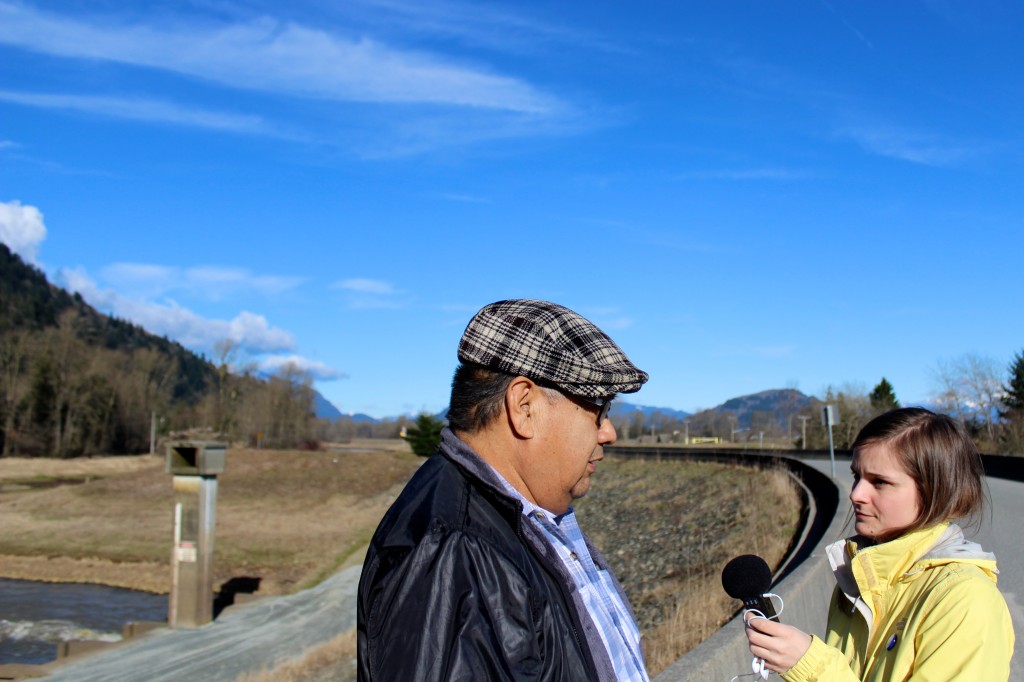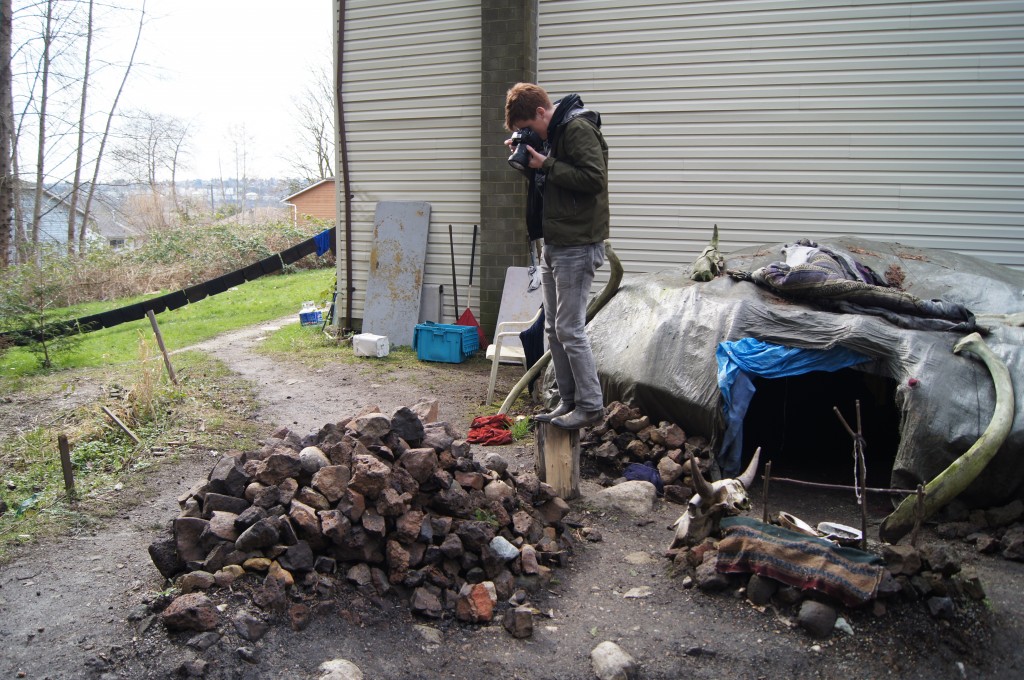06 Jun National Aboriginal Day: We can do better than calendar journalism
When my union, the Canadian Media Guild, asked me to write a brief article about media coverage of Indigenous communities, I was happy to do so. Because I’m always keen to jump on my soapbox, to deliver a sermon or two on how we in the media can improve the way we tell stories about Indigenous communities, but also because the Union has made a point of recognizing National Aboriginal Day on a regular basis. Here’s what I wrote:
When students at the UBC School of Journalism arrive for the first day of my Reporting in Indigenous Communities class, I hand them a fill-in-the-blank cultural competency quiz. One of the questions: “when I interview an Indigenous person, I feel ______”.
The answers?
“Nervous. “ “Ignorant.” “Unprepared.” “Ill-informed.”
Hardly ingredients for a successful news story, when a reporter feels intimidated before making one phone call.
Yet, newsrooms across Canada dispatch journalists regularly to report in Aboriginal communities – expecting them to hit the ground running, just like any other story.
Except, for many reporters, reporting from Indian Country is akin to being sent on foreign assignment.
I’ve talked with experienced journalists who embark on Aboriginal stories reluctantly, fully aware of the challenges — and sometimes, the distrust — they face.
So, is it any surprise that Aboriginal peoples are underrepresented in the news? In 2011, CBC News measured how many Aboriginal interviewees appeared in television newscasts. Three percent. Not quite up to par, when Aboriginal peoples constitute over 4% of the Canadian population.
Other networks fared even poorer – less than 1%. These numbers fell lower still when actual screen time was measured – Aboriginal folks get shorter sound bytes and less airtime.
This dearth of coverage wouldn’t be so maddening if the fixes weren’t so obvious.
We need more Aboriginal journalists. About two percent of reporters appearing on CBC-TV are Aboriginal, according to that same study. The appearances of Aboriginal reporters on other networks barely registered (Note: APTN was not included).
What’s going on? It’s not good enough to say our newsrooms don’t get enough qualified Aboriginal applicants. How do we define “qualified”? We tie our senior managers’ bonuses to ratings – why not also link those bonuses to success at recruiting more diverse job candidates?
But, even if we attain employment equity in our newsrooms, the majority of journalists covering Indian Country will forever be non-Aboriginal.
That’s why it’s essential to offer journalists cultural competency training, to make up for all the things no one taught us in high school.
Every journalist should receive a crash course in the Indian Act, residential schools, and section 35 of the Constitution. It also helps for a reporter to appreciate the role of Elders and notions of “Indian Time.”
Many police forces in Canada offer some type of diversity training. I’ve watched as rookie cops learn about kirpans, so as not to feel threatened by interactions with a Sikh, or discuss the historic role police played in removing children from Aboriginal communities, which may explain a guarded glare from a perfectly innocent Indian.
Diversity training makes sense, when a cultural misunderstanding could end up with someone getting shot by a gun.
But what’s it like to get blasted over and over by headlines and news stories that depict your people as corrupt, poverty-stricken and violent? Who would blame Aboriginal peoples for being weary of “disaster coverage” from their communities? What impact does a relentless stream of negative news have on the self-esteem of Aboriginal youngsters?

UBC Journalism student Emma Smith interviews former Sumas First Nation chief Lester Ned. Credit: Katelyn Verstraten
We know Aboriginal audiences want change. When CBC took the novel step of polling Aboriginal audiences in 2011, most said they don’t see their own culture reflected on radio or television, and 9 out of 10 responded they’d like more positive depictions of Aboriginal peoples.
For sure, on June 21, you’ll see lots of “good Indians” in the media, as assignment editors scramble to cover annual Aboriginal Day celebrations. There’s nothing wrong with that. I often use National Aboriginal Day to pitch stories that can’t find a home during the rest of the year.
But we can do better than calendar journalism.
We need journalists to have their ears to the ground in Aboriginal communities and know what matters to Aboriginal peoples, by building relationships with them. And we need journalists to operate respectfully in Aboriginal communities, so they can report the good, the bad, and the ugly, without fear of someone crying “Racist!”
Most of all, if asked to answer – “when I interview an Indigenous person, I feel…” — here’s how I want journalists to respond.
“Excited.” “Curious.” “Ready.”
That’s a recipe for a good news story.
This article originally appeared online here. Duncan McCue is a Vancouver-based reporter for CBC-TV’s The National. See his online guide for reporters covering Indigenous communities at www.riic.ca, or his UBC students’ work at www.indigenousreporting.com.






